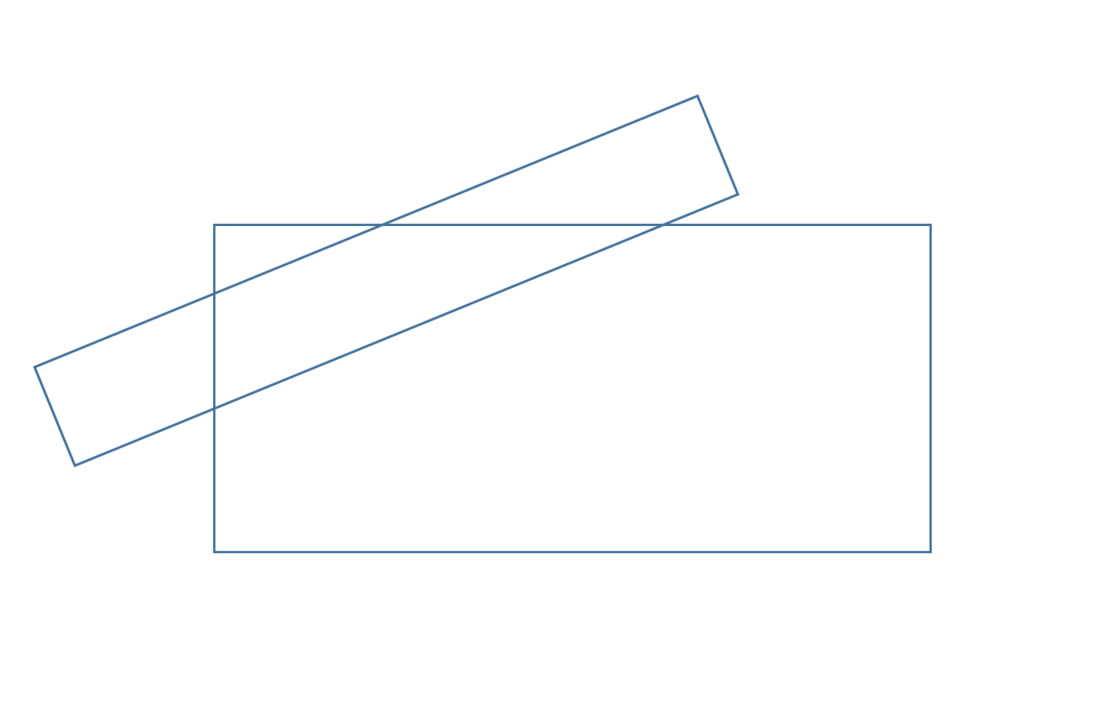I am developing a simply 2d physics engine and I' ve read the source code of box2d and matter.js. I found some insteresting thing on finding contact point:
Box2d use indicent edge, reference edge and clip to determine a contact point. It's very complex method and hard to understand.
However, matter.js use a very simply method to do the same thing. just find the vertex that contained by opposite polygon with hill-climbing:
var verticesB = SAT._findSupports(bodyA, bodyB, collision.normal),
supports = [];
// find the supports from bodyB that are inside bodyA
if (Vertices.contains(bodyA.vertices, verticesB[0]))
supports.push(verticesB[0]);
if (Vertices.contains(bodyA.vertices, verticesB[1]))
supports.push(verticesB[1]);
// find the supports from bodyA that are inside bodyB
if (supports.length < 2) {
var verticesA = SAT._findSupports(bodyB, bodyA, Vector.neg(collision.normal));
if (Vertices.contains(bodyB.vertices, verticesA[0]))
supports.push(verticesA[0]);
if (supports.length < 2 && Vertices.contains(bodyB.vertices, verticesA[1]))
supports.push(verticesA[1]);
}and it works well in demo.
My question is: why does box2d use such complex method? It's clear that matter.js's method is better. Or there are some potential shortcomings in matter.js's method?











